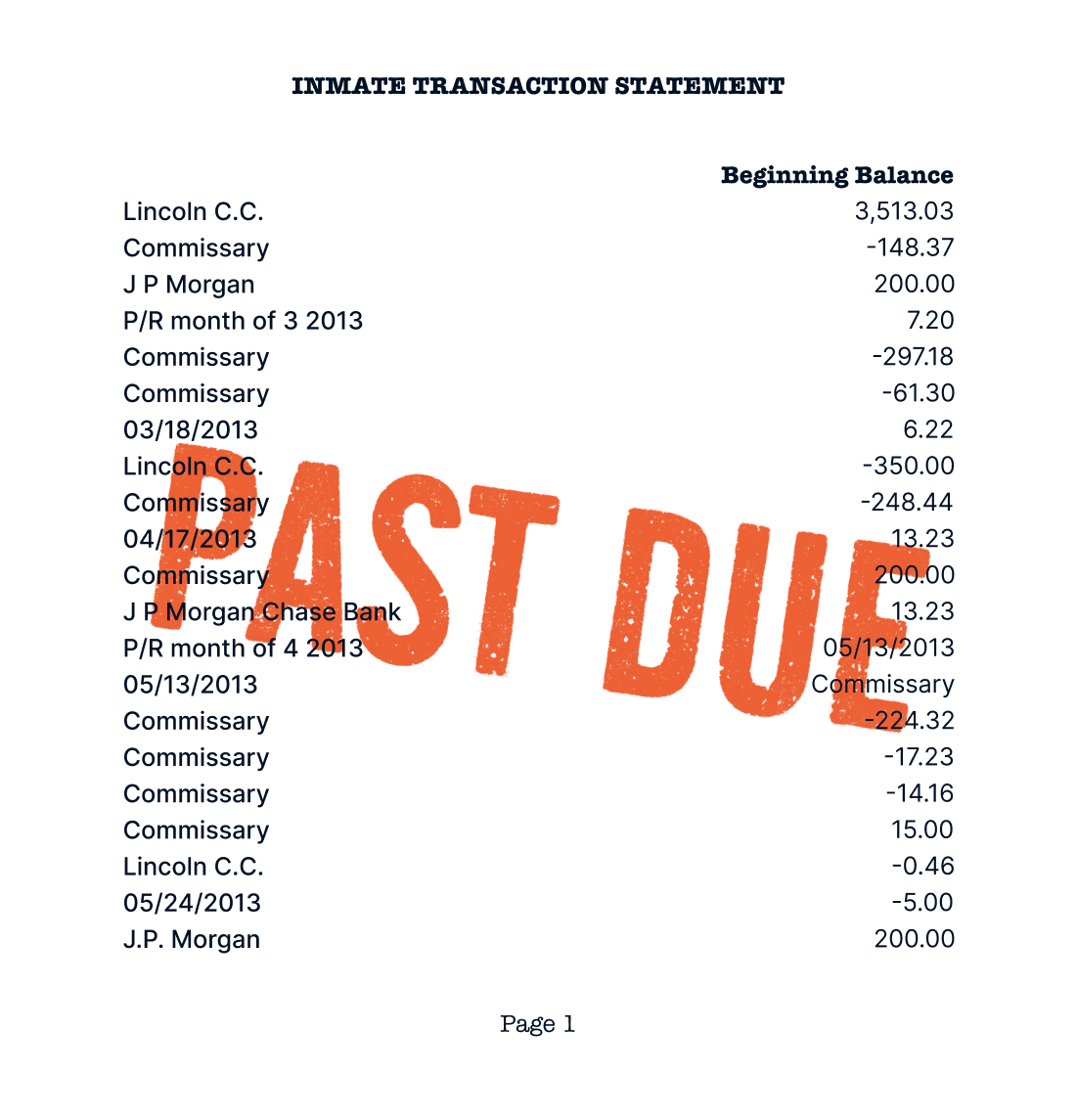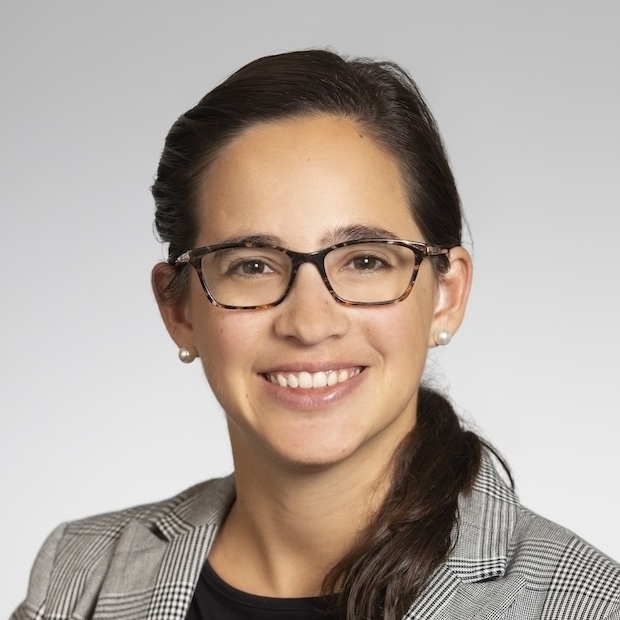

Pay-to-stay laws keep a person incarcerated long after their prison term ends.
Captive Money Lab is a public-facing research lab spearheading the innovation of research, policy, and advocacy that concerns the political economy of punishment and the resulting impact on inequality in the United States. The flagship work of the lab is the study of pay-to-stay fees.



What is pay-to-stay?
Charging people for the cost of their incarceration is common across the United States.
Pay-to-stay refers to the practice of states and local governments charging fees for the day-to-day cost of incarceration. Our research focuses specifically on prison pay-to-stay due to the large amounts, often in the thousands or hundreds of thousands, and unique collection mechanisms states utilize to recoup these fees compared to other legal financial obligations. These features make pay-to-stay fees particularly impactful on those incarcerated and their families.
Captive Money Lab is dedicated to expanding the public knowledge of these practices, with the goal of not only reporting on the realities of pay-to-stay but aiding in reforming the laws and statutes that allow pay-to-stay to exist.

“Since I've been incarcerated, I've had about six teeth pulled, and the yearly test for hepatitis. These are all the medical procedures I have had. Why would a person want $266,000 for keeping you cramped in a dark dingy cell for fifteen years, that you can't leave when you want to? That kind of money is a very decent lifestyle, unavailable to an inmate.”
— Incarcerated defendant in a pay-to-stay lawsuit
“I pray that you don’t take all my money so I’ll have money when I’m released on August 24, 2006. I have nothing when I get out of here. I’m trying to get my life back in order.”
— Incarcerated defendant in a pay-to-stay lawsuit
— Incarcerated defendant in a pay-to-stay lawsuit
Pay-To-Stay Through the Years
First known "pay-to-stay" bill passed in Michigan to seek reimbursement for the cost of incarceration
Start of mass incarceration policies and practices
Illinois follows Michigan in passing "pay-to-stay" law
Illinois and Connecticut repeal, in part or in whole, the practice
Research
The “Damaged” State vs. the “Willful” Nonpayer: Pay-to-Stay and the Social Construction of Damage, Harm, and Moral Responsibility in a Rent-Seeking Society
View PDF“Like if you Get a Hotel Bill”: Consumer Logic, Pay-to-Stay, and the Production of Incarceration as a Public Commodity
View PDFWho pays for the welfare state? Austerity politics and the origin of pay-to-stay fees as revenue generation
View PDFUnveiling the Necrocapitalist Dimensions of the Shadow Carceral State: On Pay-to-Stay to Recoup the Cost of Incarceration
View PDFIn the media
Forcing people to pay for being locked up remains common (Washington Post)
Read nowThe vast majority of states allow people to be charged for time behind bars (NPR Morning Edition)
Read nowAt $249 per day, prison stays leave ex-inmates deep in debt (Associated Press)
Read nowJay Learns Who Really Pays for Prison Time (The Untold Story: Criminal Injustice with Jay Ellis and Travon Free)
Read nowAdvocacy
Congressional testimony for Connecticut Judiciary Committee public hearing on H.B. No 5390—An Act repealing statutory provisions that impose liability on an individual for repayment of costs incurred when the individual was incarcerated (2022)
Read nowOpposition to Bureau of Prisons' proposed amendment to 28 CFR 545 regarding the Inmate Financial Responsibility Program (IFRP) (2023)
Read now“Pay-to-Stay and Socioeconomic Inequality.” U.S. House of Representatives Committee on the Judiciary Special Hearing “A Fine Scheme: How Court-Imposed Fees and Fines Unjustly Burden Vulnerable Communities.” Testimony on Court-Imposed Fees and Fines Before the House Judiciary Committee, Subcommittee on Crime, Terrorism, and Homeland Security (2021)
Read nowAbout Captive Money Lab
We are a collective of scholars focused on uncovering the varied ways in which states extract financial and material resources from incarcerated people, their families, and communities in the United States. Through academic, policy, and creative efforts, we hope to shed light on these practices and their impacts.
Co-Founders and Principal Investigators

Dr. April D. Fernandes
Associate Professor
North Carolina State University
Policy Director
Captive Money Lab

Dr. Gabriela M. Kirk-Werner
Assistant Professor
Syracuse University
Development Director
Captive Money Lab

Dr. Brittany Friedman
Assistant Professor
University of Southern California
Creative Director
Captive Money Lab
University Affiliations










